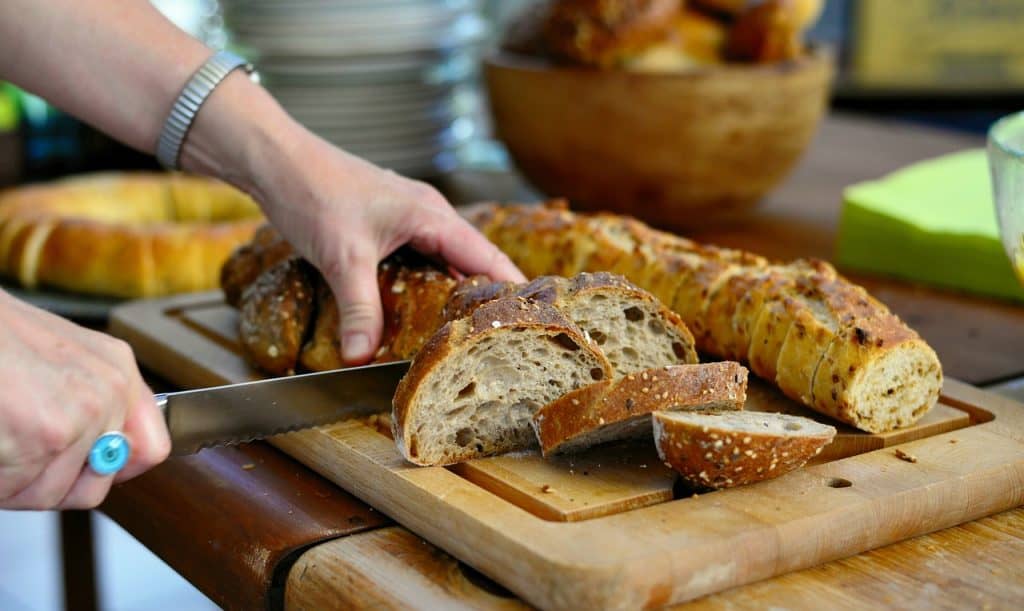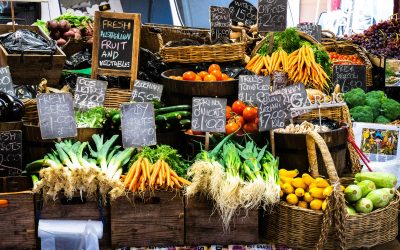Editor’s Note: Food waste isn’t just a Canadian problem – it’s a global issue with devastating impacts on climate change and hunger. All over the world, countries struggle to ensure good food ends up on plates instead of landfills, and many have developed unique strategies to face this crisis head-on.
In this series of articles, The Harvest Journal will explore food waste policies around the world and highlight what different countries are doing to prevent and reduce waste, build more sustainable and resilient food systems, protect our planet and finally put an end to food waste. We previously covered Japan, Finland, Korea and France.
In recent years, the Danish government, businesses and communities have come together to implement initiatives to create a more sustainable future. Between 2010 and 2015, it reduced its food waste by 25%, valued at about 4.4 billion DDK. This success is largely attributable to changing consumer habits. Here’s how the country did it.

Public and private initiatives
At the forefront of Denmark’s food waste revolution is the movement Stop Spild Af Mad, which translates to “Stop Wasting Food.” Founded by activist Selina Juul in 2008, this non-profit organization has played a pivotal role in raising awareness about food waste and promoting practical solutions. Through campaigns, educational programs and collaborations with businesses, Stop Spild Af Mad has encouraged individuals and companies to take responsibility for their consumption habits.
This movement is supported by Danish consumers, Members of the European Parliament, Members of Danish Parliament, top Danish chefs, and food personalities. The Danish Consumer Council has also initiated a campaign to increase consumer awareness of food waste.

To foster collaboration between the private and public sectors, the Danish Ministry of the Environment established a voluntary “Initiative Group Against Food Waste” in 2011. This laid the groundwork for the “Charter on Less Food Waste,” signed by 19 major stakeholders affirming their commitment.
Innovative retail practices
In 2016, non-profit organization Folkekirkens Nødhjælp (DanChurchAid) launched WeFood, Denmark’s first surplus food supermarket. The concept is simple yet effective. The store collects surplus food from supermarkets, farmers and other suppliers that would otherwise go to waste due to cosmetic imperfections, short shelf life, or overproduction. Customers can then purchase these perfectly edible items at about 30 to 50% lower than the original price. From one location in Copenhagen, there are now 6 WeFood stores all across Denmark.
Also in 2016, the Danish tech startup “Too Good To Go” launched a mobile app aimed at connecting consumers with businesses to rescue surplus food at the end of the day. The app allows restaurants, bakeries, and grocery stores to sell unsold, but still fresh and quality food at a discounted price, preventing it from being discarded. It’s currently available in 17 countries, including Canada.

Danish supermarkets, warehouses and mini-markets create 45,676 tonnes of food waste per year, and several have begun to look for ways to curb this. For example, Supermarket chains REMA 1000, Coop and LIDL no longer offer quantity discounts to prevent people from buying more than they need. Since bread is often the largest source of food waste (about 29,000 tonnes of bread and cakes are thrown away every year), REMA 1000 reduces the size of its house-brand bread by 40 to 50%, which in turn lowers its price.
By addressing food waste from multiple angles – awareness campaigns, collaborative partnerships, and technological solutions – Denmark serves as an inspiring example for other countries seeking effective strategies to reduce food waste and build a more sustainable future.





